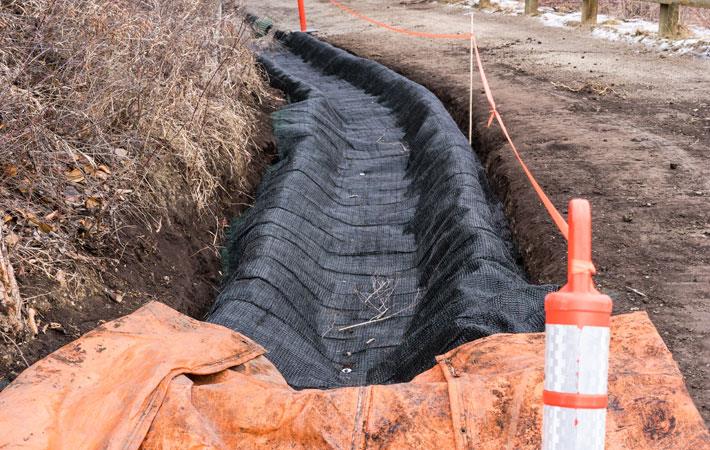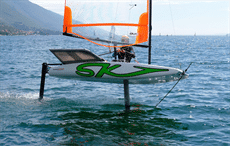The global geosynthetics market recorded revenues worth $9.4 billion in 2018 and is estimated to grow at a compounded annual growth rate of 10 per cent between 2019 and 2029, according to a new study by Future Market Insights (FMI), which said this market’s growth is significantly driven by increasing investments in public infrastructure development.
This market is anticipated to see substantial growth owing to growth in civil construction activities led by several developing economies in the past few years, it said. FMI has offices in London, Ney York and Pune.The global geosynthetics market recorded revenues worth $9.4 billion in 2018 and is estimated to grow at a compounded annual growth rate of 10 per cent between 2019 and 2029, according to a new study by Future Market Insights (FMI), which said this market's growth is significantly driven by increasing investments in public infrastructure development.#
Geosynthetics materials are witnessing increased usage in solid waste management for landfill applications. These materials are used for separating and confining bulk waste. Countries like China and India are emphasizsng on effective waste treatment practices, which is likely to lead to an increase in demand for geosynthetics in the near future.
Moreover, owing to the high transport infrastructural development activities in the region, geosynthetics products are estimated to witness significant deployment in road construction. The road construction application segment is estimated to remain dominant in terms of geosynthetics material demand.
Several players are emphasizing on improving their product portfolios by introducing new products with better quality and gauge variations. Manufacturers are primarily targeting high development areas and producing application-specific products in order to gain higher market shares.
Involvement of a large number of local and global players in the geosynthetics market has compelled manufacturers to offer innovative products to generate significant demand. Many companies are dedicating a huge amount of money for the research and development of new products and to increase the properties of existing ones.
Companies are continuously experimenting with geosynthetics to provide products with enhanced mechanical properties and high reliability.
As polypropylene is extensively used for the manufacturing of geotextiles, it is a relatively large segment among all types, and is expected to witness significant growth during the forecast period. Other products such as geocell, geofoam, geopipes, etc., have limited and specific uses. However, the segment has witnessed significant demand during the last five years.
In 2015, a reputed conglomerate launched a metallocene polypropylene (PP)-based non-woven geotextile. This geotextile is premium in terms of mechanical properties and performance. The use of metallocene PP offers relatively lightweight geotextiles and increased production.
Competitive analysis of the global geosynthetics market reveals that among the several active participants in the competitive landscape of Geosynthetics market, the tier 1 players tend to hold a relatively lower share, which has been attributed to high competition from a large number of local players operating at low profit margins and have better accessibility within regional markets.
Some of the leading companies are also observed to be operating through their sales offices, or collaborating with regional manufacturers.
Fibre2Fashion News Desk (DS)


